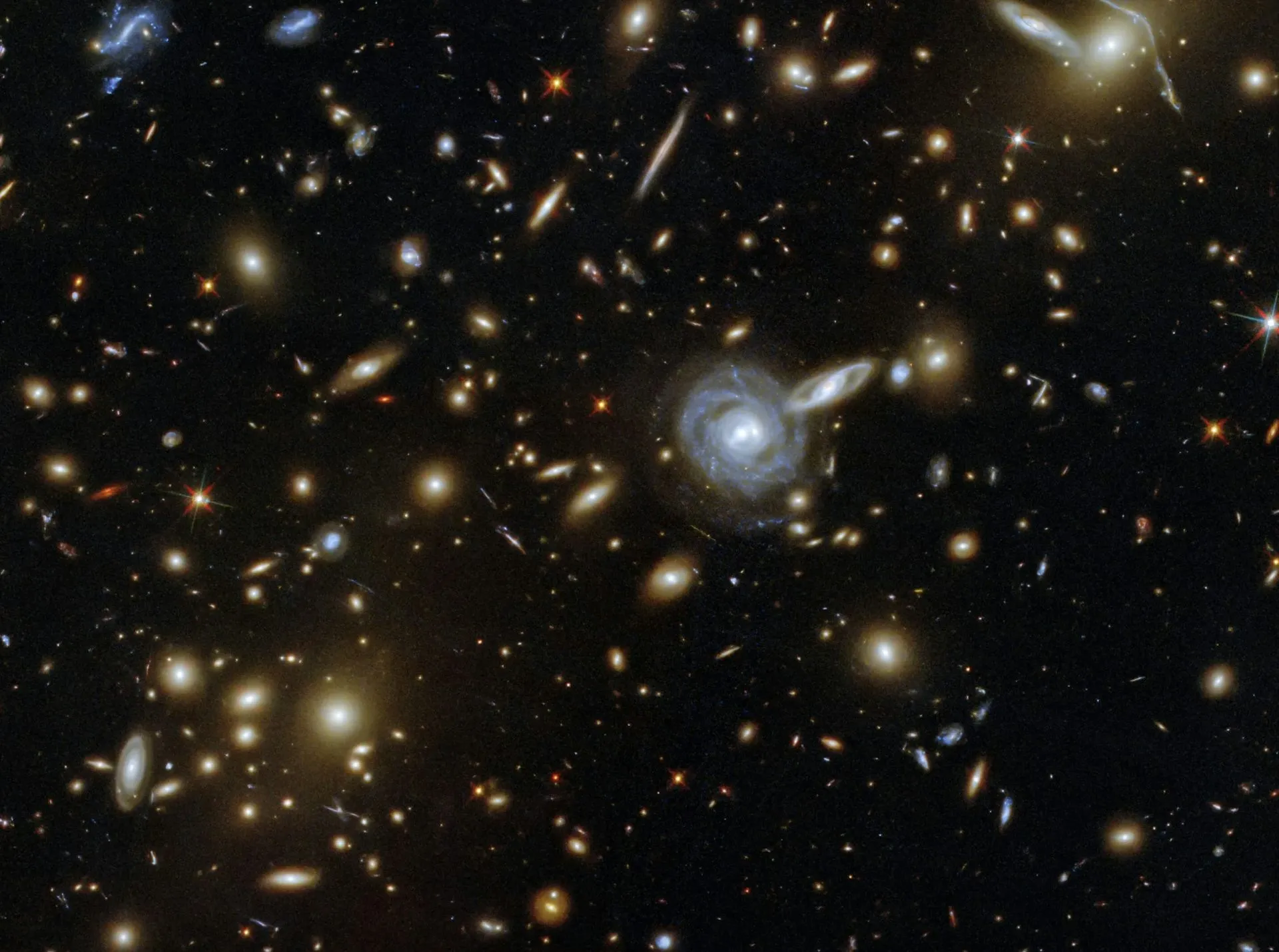Astronomy and the Cosmic Expansion Dilemma

Understanding the Cosmic Expansion
Astronomy today is caught in a crucial dilemma concerning the expansion rate of the universe. Central to the debate is Hubble's discovery in 1929, which established a relation between a galaxy's distance and its velocity of recession. However, modern observations reveal discrepancies in these findings, specifically the ongoing Hubble tension which challenges our current understanding of cosmology.
Key Discoveries Driving Change
- Cosmic Microwave Background measurements from the Planck collaboration have yielded values differing significantly from other estimations.
- Current studies involving cepheid variables seek consistent results for celestial distance measuring.
- Researchers are investigating the theory of dark energy to provide deeper insight into these cosmic phenomena.
- The European Space Agency (ESA) and NASA's collaborative efforts are stepping up to gather additional data.
- Ultimately, resolving these issues could unveil further mysteries within our own Milky Way and beyond.
Future Directions in Astronomy
The ongoing inquiry into these cosmic quandaries underscores the dynamic nature of astronomy. Innovations within the field promise to offer new perspectives, crucial for settling the Hubble tension and enhancing our overall understanding of cosmology. Engaging with these ongoing discoveries not only enriches science but also reshapes our view of galaxies and stars throughout the universe.
This article was prepared using information from open sources in accordance with the principles of Ethical Policy. The editorial team is not responsible for absolute accuracy, as it relies on data from the sources referenced.